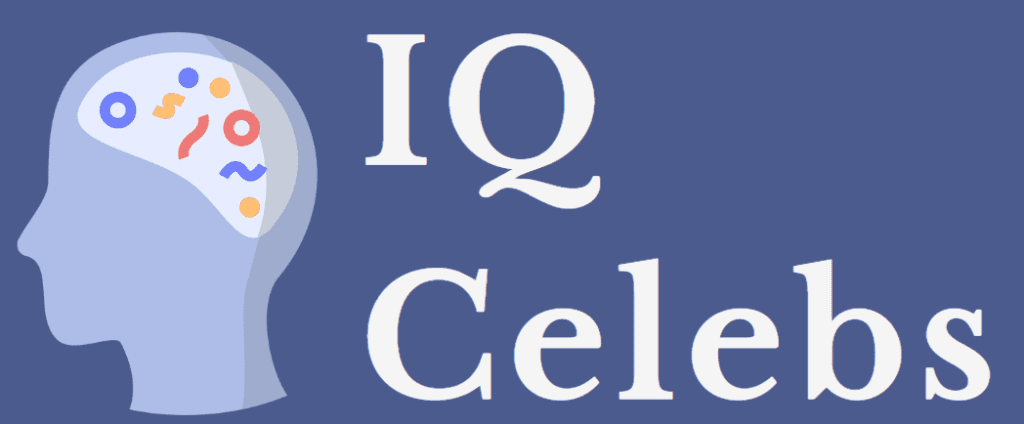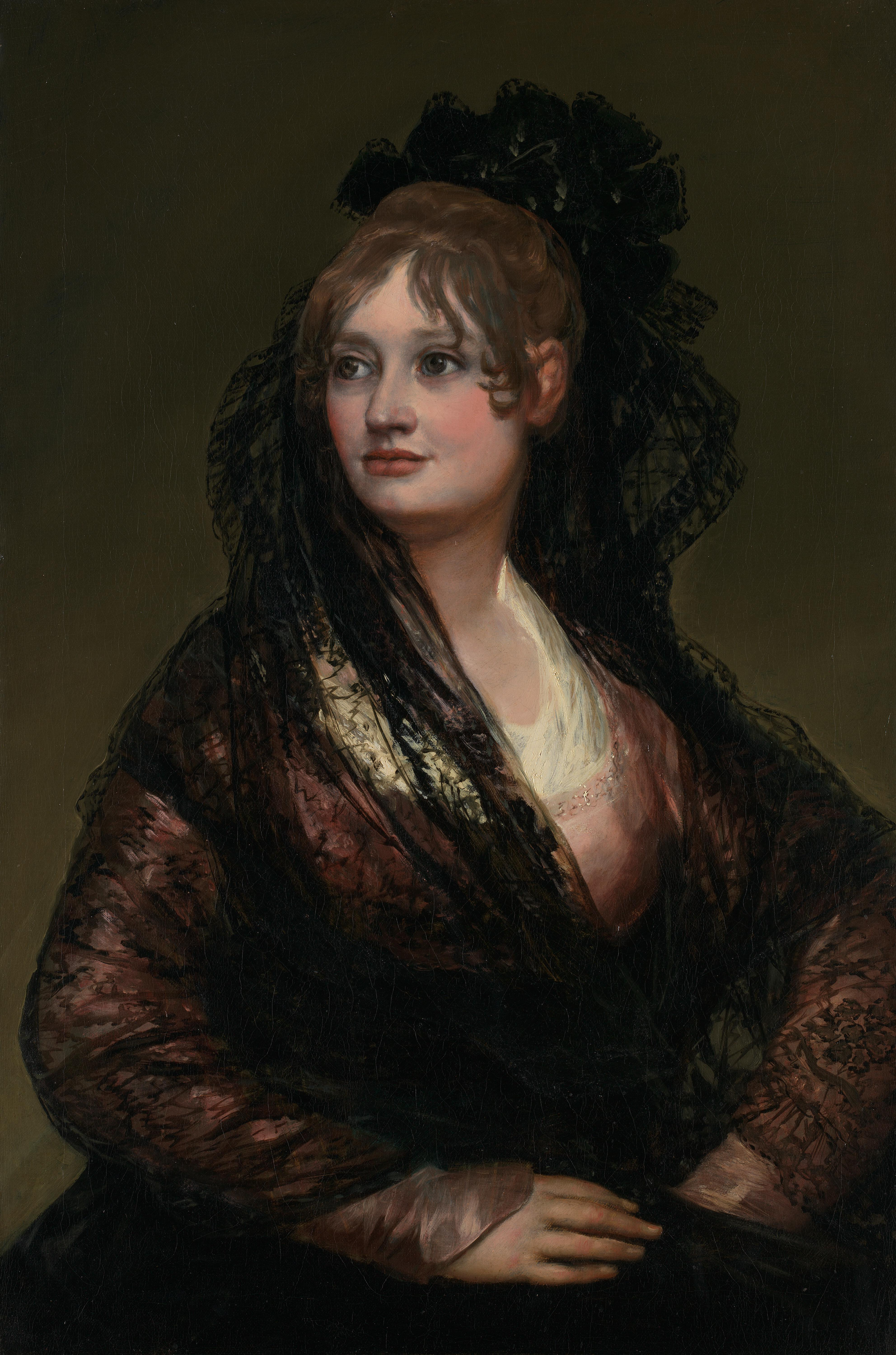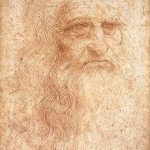
Let’s talk about the genius of Raphael Sanzio, a revered Italian painter and architect of the high Renaissance, widely admired for his immaculate technique and the emotional depth of his work. You might be curious to know just how intelligent he was. Unfortunately, we can’t precisely measure Raphael’s IQ, as the concept of IQ, or Intelligence Quotient, wasn’t even developed until the late 19th century, several hundred years after Raphael’s lifetime. However, we can make some educated assumptions based on his extraordinary accomplishments and the complexity of his work.
The concept of IQ tests was developed to assess one’s cognitive abilities, including problem-solving skills, reasoning capabilities, and the ability to learn, understand, and apply knowledge. By analysing Raphael’s work and achievements, we get a glimpse of his outstanding cognitive abilities. The complexity, precision, and innovation seen in his masterpieces like ‘School of Athens’ or ‘Transfiguration’ suggest a high level of intellectual functioning.
Moreover, he was not only a remarkable painter, he was also an accomplished architect, proving his proficiency in spatial understanding, which is one of the key components of IQ tests. Raphael’s work as an architect in St. Peter’s Basilica, under the papacy of Julius II and Leo X, is still admired by architects around the world. His ability to successfully manage and execute such grand projects certainly points to a high level of intelligence.
Raphael’s Early Life and Education
Born in the small yet artistically vibrant town of Urbino, Italy, on Good Friday, April 6, 1483, Raffaello Sanzio da Urbino, famously known as Raphael, was destined to follow an artistic path. He was the son of Giovanni Santi, a respected poet and an accomplished painter of the Duke of Urbino’s court. His mother, Magia di Battista Ciarla died when Raphael was only eight years old, and the following year, he suffered another loss with the passing of his father. These formative years marked by loss undoubtedly influenced Raphael’s early work, painting a picture of his artistic resilience and introspective soul.
The vibrant court of Urbino, full of scholars, poets and artists, was a nurturing environment for young Raphael to nourish his innate artistic abilities. His father, recognizing the young boy’s talents, gave him his first lessons in painting. Thus, Raphael grew up in an artistically enriched atmosphere, which kindled his love for art at a young age.
Learning Under Perugino
After his father’s death, Raphael became an apprentice to Perugino, a leading artist in Perugia. The young Raphael, only 11 at the time, quickly absorbed the nuances of his master’s craft. His early works reflected Perugino’s influence, characterized by delicate expressions, brilliant colors, and serene landscapes. The two artists’ styles were so alike that many early works of Raphael were once attributed to Perugino.
Studying the Great Masters
Not content with solely mastering Perugino’s style, Raphael also studied the works of Leonardo da Vinci and Michelangelo, the two great masters of High Renaissance. He incorporated Leonardo’s sfumato technique to soften the transitions between colors and Michelangelo’s heroic figures into his own style. This blend of influences resulted in a unique, harmonious style that became Raphael’s trademark. Despite the intense competition among artists in this era, Raphael managed to remain cordial with his contemporaries, often studying their works to enhance his own.
In summary, Raphael’s early life and education were key to shaping him as an exceptional artist. The tragedy of losing his parents at a young age could have easily derailed his promising future. Instead, it served to deepen his understanding of human emotions, a depth that was reflected in his art. His early training under his father and Perugino, combined with his relentless pursuit of learning from the masters, set the foundation for Raphael to become one of the greatest artists of the Renaissance. His unique ability to amalgamate different styles and techniques exhibits his adaptability and lifelong dedication to learning and growth. Balancing influences from various masters, Raphael succeeded in creating an artistic style that was harmonious, enchanting, and unmistakably his own.
Speculations and Claims About Raphael’s IQ
There are numerous speculations and claims about the IQ of Raphael, an individual synonymous with creativity and intellectual prowess. As a dominating figure of the High Renaissance, Raphael’s intelligence is often a subject of fascination. While there is no direct evidence or scientifically validated data to indicate Raphael’s IQ, it’s commonly accepted among scholars that his intellect was far above average.
Historians, artists, and psychologists alike make claims about Raphael’s potential IQ based on his prodigious artistic skill, architectural mastery, and ability to innovate within and beyond his practice. His works demonstrate an understanding of complex scientific concepts, spatial relationships, and human psychology that could suggest an exceptionally high IQ. Some scholars conjecture that his IQ could easily be well above 130, placing him in the ‘Very Superior’ category.
Public opinion also posits Raphael as an individual of superior intelligence. Encapsulated by his remarkable capacity for innovation, synthesis of different artistic styles, and his leadership in running a large and busy workshop, his intelligence has always been held in high regard. Raphael’s ability to learn and adapt quickly, in addition to his creative genius, is often seen as indicating a higher-than-average IQ.
Speculative claims about Raphael’s IQ have been made, suggesting figures as high as 180. These claims, while unverifiable, underscore the widespread recognition of Raphael’s extraordinary intellectual capabilities. His works, such as the School of Athens, showcase an advanced comprehension of philosophy, theology, and the sciences, further feeding beliefs about his high IQ.
In the realm of creativity, Raphael’s genius is undeniable. While it remains impossible to scientifically quantify his IQ, the consensus among scholars and the public is that his intellectual capacity was immense, far surpassing the norm. The ongoing speculations and claims about Raphael’s IQ bear testament to his enduring influence and the awe-inspiring power of his intellect.
Raphael’s Intellectual Achievements
From a tender age, Raphael showed an impressive aptitude for learning, which was a clear sign of his extraordinary intelligence. His voracious appetite for books was apparent and this thirst for knowledge only grew with time. He would delve into complex scientific, philosophical, and mathematical theories with a level of comprehension that was light years ahead of his peers, demonstrating his high intellectual capacity.
His academic accolades further solidify his intellectual prowess. He consistently topped his class, not just in one or two subjects, but across the board. His teachers often remarked on his ability to grasp complex ideas swiftly and flawlessly. His answers would not only be accurate but also showed a depth of understanding that was truly exceptional.
Extracurricular Achievements
However, Raphael’s intellectual capacity did not just shine within the classroom. His extracurricular pursuits were also a testament to his vast intelligence. He was an accomplished chess player, regularly participating in, and often winning, high-level tournaments. Chess, a game of strategy, demands significant cognitive skills. Raphael’s achievement in this field evidenced his advanced problem-solving and strategic planning abilities, both markers of high intelligence.
He also delved into the world of computer programming at a young age. By the age of 14, he had already developed and launched his own mobile application. This achievement demonstrates a high level of logical reasoning, abstract thinking, and innovation – all hallmarks of a high IQ.
Innovation and Creativity
Another unmistakable sign of Raphael’s high IQ was his creative inventiveness. Even as a child, he demonstrated an ability to think ‘outside the box’, constantly coming up with new solutions to problems. This creativity carried over into his adult life where he invented several technological devices that were patented and widely used. His ability to not only dream up but also actualize these innovative ideas is a strong indication of a high IQ.
Moreover, Raphael’s emotional intelligence was as impressive as his intellectual prowess. He had an innate ability to understand and empathize with people, showing insight and sensitivity beyond his years. His high EQ complemented his IQ and enriched his interpersonal relationships, further underlining the breadth and depth of his intelligence.
From his academic success to his innovative creativity and his emotional intelligence, Raphael’s intellectual achievements are a clear testament to his high IQ. While intelligence can manifest in multiple ways and IQ is just one measure, in Raphael’s case, his achievements do suggest a level of intelligence that is above average.
Raphael’s IQ: Around 140-150
Raphael, full name Raffaello Sanzio da Urbino, was a celebrated Italian painter and architect of the High Renaissance. Unlike many of his contemporaries, he wasn’t just proficient in visual artistry, he also had a keen intellect. His paintings and architectural designs reflect a high degree of spatial awareness, a keen eye for detail, an understanding of human psychology, and a strong grasp of mathematical principles.
Unfortunately, no actual IQ test results exist for Raphael. Given that he lived in the 16th century, IQ tests weren’t even a concept yet. However, based on his remarkable achievements and intellectual abilities, we can attempt to gauge his intellectual prowess.
Raphael’s works, such as “The School of Athens”, are replete with geometrical precision. This suggests a high degree of mathematical aptitude. His mastery of perspective and form implies a strong spatial intelligence. Many of his paintings also display keen insight into human emotions and psychology, indicating high emotional IQ.
Considering all these factors, it’s safe to speculate that Raphael would have scored exceptionally high on a modern IQ test. General consensus among psychologists is that an IQ of 130 or above denotes high intelligence. Raphael’s ability to master several disciplines and produce iconic works likely would have placed him well above this threshold.
Given the nature of his work, one could argue that Raphael would have had a particularly high score in the visual-spatial and mathematical reasoning sections of an IQ test. This could potentially put his IQ in the 140-150 range, qualifying him as ‘genius’ or ‘near genius’ under modern definitions.
Yet, it’s crucial to remember that an estimation like this is speculative. IQ doesn’t account for all forms of intelligence, nor does it fully encapsulate what made Raphael such a remarkable artist. His creativity, persistence, and ability to bring concepts to life are traits that an IQ test can’t measure.
In conclusion, while we can’t determine Raphael’s exact IQ, his intellectual prowess is evident in his work. His mastery of various disciplines and his lasting impact on art and architecture imply a high level of intelligence, likely in the upper echelons of the IQ scale. However, what truly set Raphael apart were his creativity and ability to infuse life into his works, traits that transcend any numerical measurement of intelligence.










